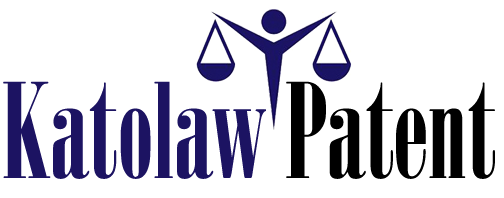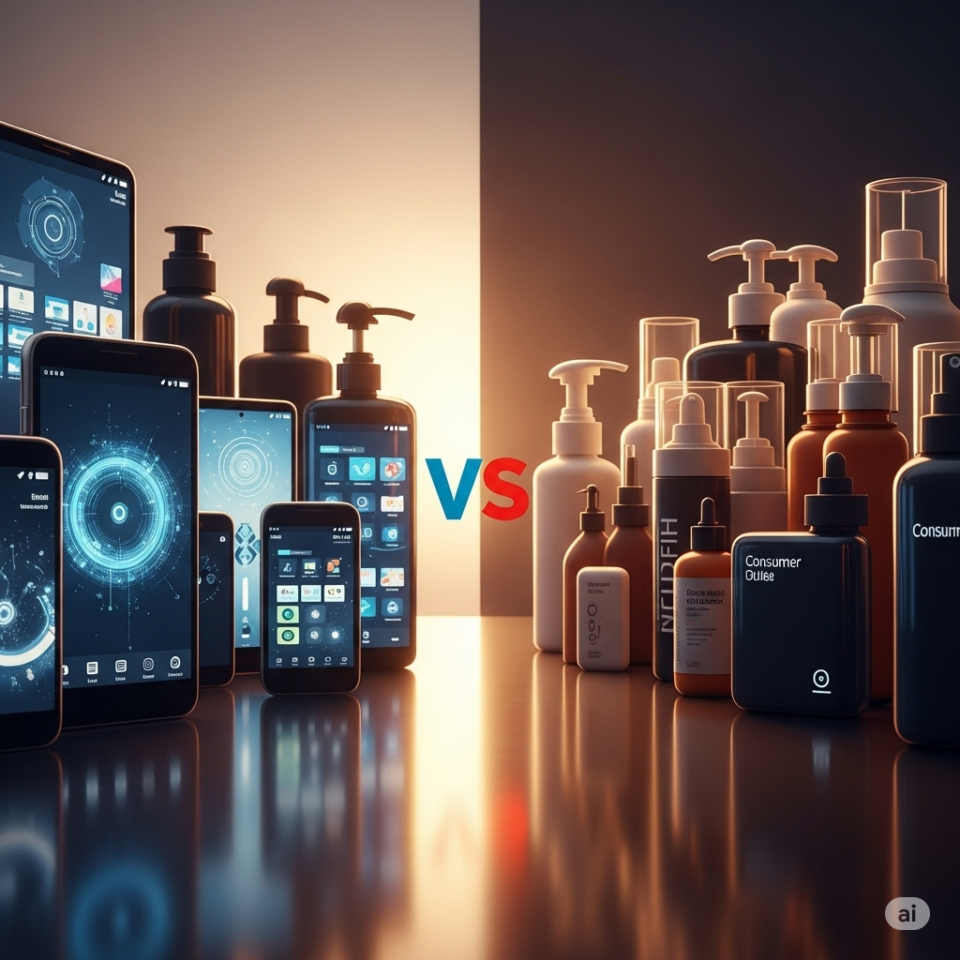You walk into a store, pick up a sleek, matte-finished bottle of shampoo labeled “RefreshTech,” and do a double-take—didn’t your favorite brand already release something nearly identical last quarter? Turns out, you’re not imagining it. You’re just witnessing capitalism’s favorite grey area: the blurry line between innovation and imitation.
From smart watches to protein bars to phone chargers shaped like pandas, the consumer goods industry walks a tightrope between originality and strategic “borrowing.” But in an age when trends move faster than trademark approvals, how do we distinguish inspiration from intellectual property infringement?
Spoiler alert: often, only the lawyers can tell.
The Business of Borrowing
Let’s be honest—every great idea spawns a dozen knockoffs before you can say “market disruption.” While inspiration is the mother of innovation, it can also be the favorite cousin of litigation. Consumer brands routinely scan competitors for best-selling features, customer feedback, and market gaps—and then race to launch lookalike products with just enough variation to avoid a lawsuit (hopefully).
This is not necessarily villainy. The entire retail ecosystem thrives on iterations. In fact, without iterations, we wouldn’t have oat milk, ergonomic water bottles, or headphones that don’t make your ears scream after 10 minutes.
But where iteration turns into imitation, lawsuits tend to follow.
The Legal Pressure Cooker
In this hyper-competitive space, a company’s intellectual property is often its most valuable currency. Designs, utility patents, and trade dress can determine whether you dominate a shelf—or get wiped off it. When things get legally messy (as they often do), it’s time to call in a patent litigation expert.
These professionals don’t just read fine print—they live in it. They analyze claims, study prior art, interpret technical drawings, and testify on whether a competitor crossed the line from inspiration into infringement. Their work can tilt the scales in multi-million-dollar lawsuits and define what counts as “fair use” in a $1.5 trillion global market.
Without them, most jurors would glaze over by the third slide of a CAD diagram.
Copycats, Clones & Clever Loopholes
Some brands play the game better than others. The tech industry is notorious for its “if-you-can’t-beat-them, emulate-them” philosophy, but consumer goods have gotten bolder in recent years. Just browse the snack aisle and try to spot the difference between “Choco-O’s” and “Choco-Z.” You’ll need a microscope—and a copyright lawyer.
In a famous case, Apple sued Samsung over phone design similarities, leading to one of the most publicized IP trials in recent history. It sparked debates not only in boardrooms but in law schools like Harvard Law School and agencies like the U.S. Patent and Trademark Office, raising the question: When does competition cross the line?
Turns out, it’s not a line—it’s more of a legal fog.
So… What’s the Solution?
The truth is, most companies toe the line as a business strategy. They push the limits, adjust after cease-and-desist letters, and only get serious about originality when they’re the ones being copied.
To stay ahead of this legal limbo, forward-thinking brands should:
- Prioritize IP audits during product development
- Engage with legal experts early (before that “inspired” bottle hits shelves)
- Maintain documented innovation pipelines that can be used to defend originality
In other words: build smart, not sketchy.
Conclusion: Emulate the Hustle, Not the Design
Imitation may be the sincerest form of flattery—but in the world of consumer goods, it’s also the fastest way to court. With product lifecycles shrinking and innovation windows closing faster than ever, navigating that thin line requires not just creativity, but legal clarity.
In the end, success doesn’t come from copying what works. It comes from understanding why it works—and then having the courage (and legal team) to make it better.

